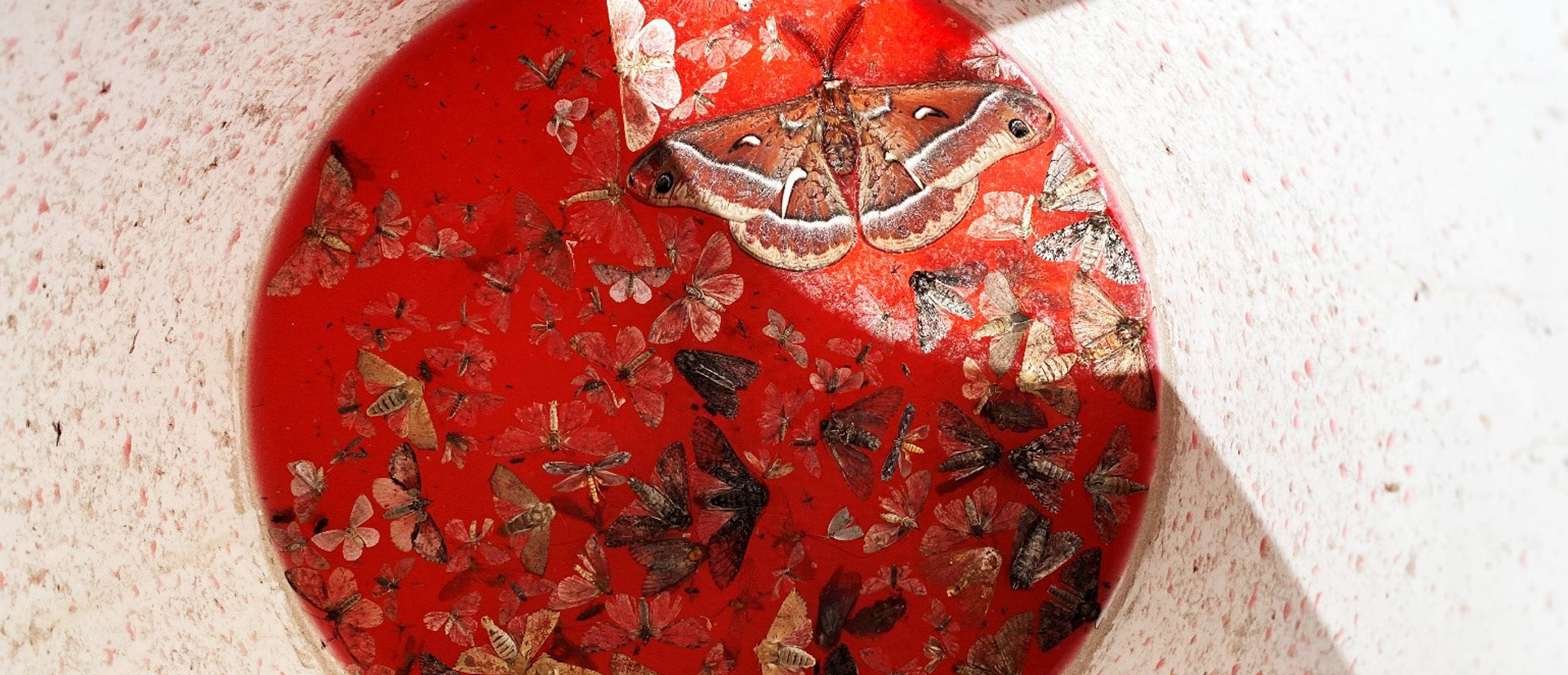You cannot find a more complete or better pesticide at any price from any company than Circadian Sunrise Horticultural Oil. If you could have but one pesticide for controlling the mosaic of pests drawn to your crop as moths to a light, it should be Circadian Sunrise. I challenge you, your pest control advisor, your farm advisor, any professor at any university, and even your local barber to come up with a better alternative. Remember, just one pesticide. Sulfur? No way. Not even close. Sulfur does a good job preventing powdery mildew and does an okay job in controlling spider mites. That’s about it. It also can’t legally be used indoors or in greenhouses because it off-gasses to sulfur dioxide that will eventually give you and your employees asthma. Stylet Oil? Stylet oil is good. If not for Circadian Sunrise, this might be at the top of my list. Stylet oil works in controlling powdery mildew, and does a decent job of killing mites and many insects. Now the downside. Stylet Oil is synthesized from a non-renewable resource. Okay, maybe not a big deal to you. Stylet oil kills by smothering, which is good, but it does not contain the terpenes and alcohols like Circadian Sunrise that compromise membranes and disrupt neurological pathways in insects and mites. It doesn’t fume into spaces where other sprays miss. It is also phytotoxic, even if you don’t see any leaf damage. Once at UC Davis I had a project where the spider mites were getting out of control despite rotating weekly applications of Floramite, Avid, Pylon, and more. I had to resort to a horticultural oil, and went with Stylet Oil. It took two or three applications to clean up the problem. And even though the roses that were hooked up to a plethora of sophisticated equipment looked good, I was informed by the Professor in charge of this particular experiment that photosynthesis in these plants had had slowed to a crawl. It ended up setting his research back by a couple of weeks and he wasn’t very happy about it. On the other-hand he would have been even more displeased if the mites had turned his plants into a mess of webbing and necrotic dotted leaves. Our research shows that plants treated with Circadian Sunrise grow faster, than non-treated ones, at least certain plants. That is because of the presence of natural triacontanol at biologically active rates, and also because corn oil in Circadian Sunrise is metabolized in the environment, serving as an energy source for the biome surrounding the plant, and possibly for the plant itself. Charlotte’s Web and Northwest Cannabis Solutions are running independent tests to confirm this biostimulant effect. Stylet oil does the opposite of promoting growth. Stylet oil will also burn leaves if used within a week or so of a sulfur application. Circadian Sunrise won’t do that. One reason is that it’s alkalinity offsets sulfurs acidic nature. Circadian Sunrise also kills mites better than Stylet Oil, including the dreaded russet mite, that Stylet Oil is rather ineffective in controlling. If you have root aphids, you’re not going to want to drench your soil with a petroleum-based oil and turn your soil or media hydrophobic. Drenching soil or media with Circadian Sunrise will kill root aphids and feed soil microorganisms. What about comparing Circadian Sunrise with other essential oil-based pesticides? That’s a good question, and I have used other essential oil-based pesticides. I found they generally did a good job with controlling pests, but they have a strong tendency to cause phytotoxicity, much more so than Stylet Oil. I wouldn’t use them, the phytotoxic effect was so strong. I’d see cannabis growers use them with the lights off and keep the lights off for the rest of the day to avoid phytotoxicity (that light is the plant’s only source of energy). These growers would think they avoided phytotoxicity, but the plants would languish for days in comparison to how the plants should grow at their stage of development. These growers would produce very clean plants, but their yields just weren’t up to snuff. One day it struck me that if I could eliminate the phytotoxicity of essential oils, I’d have a natural pesticide that could kill as well as all these nasty conventional ground polluting pesticides, and I had a plan to do it. It worked, and we have a patent filed to protect the idea. Now come on . . . I challenge you . . . what one pesticide can do more for growing your crop than Circadian Sunrise? I’ll tell you what? Nothing beats Circadian Sunrise.
The Circadian Challenge




